Affiliate links on Android Authority may earn us a commission. Learn more.
What you should really expect from Google's custom Pixel 6 processor
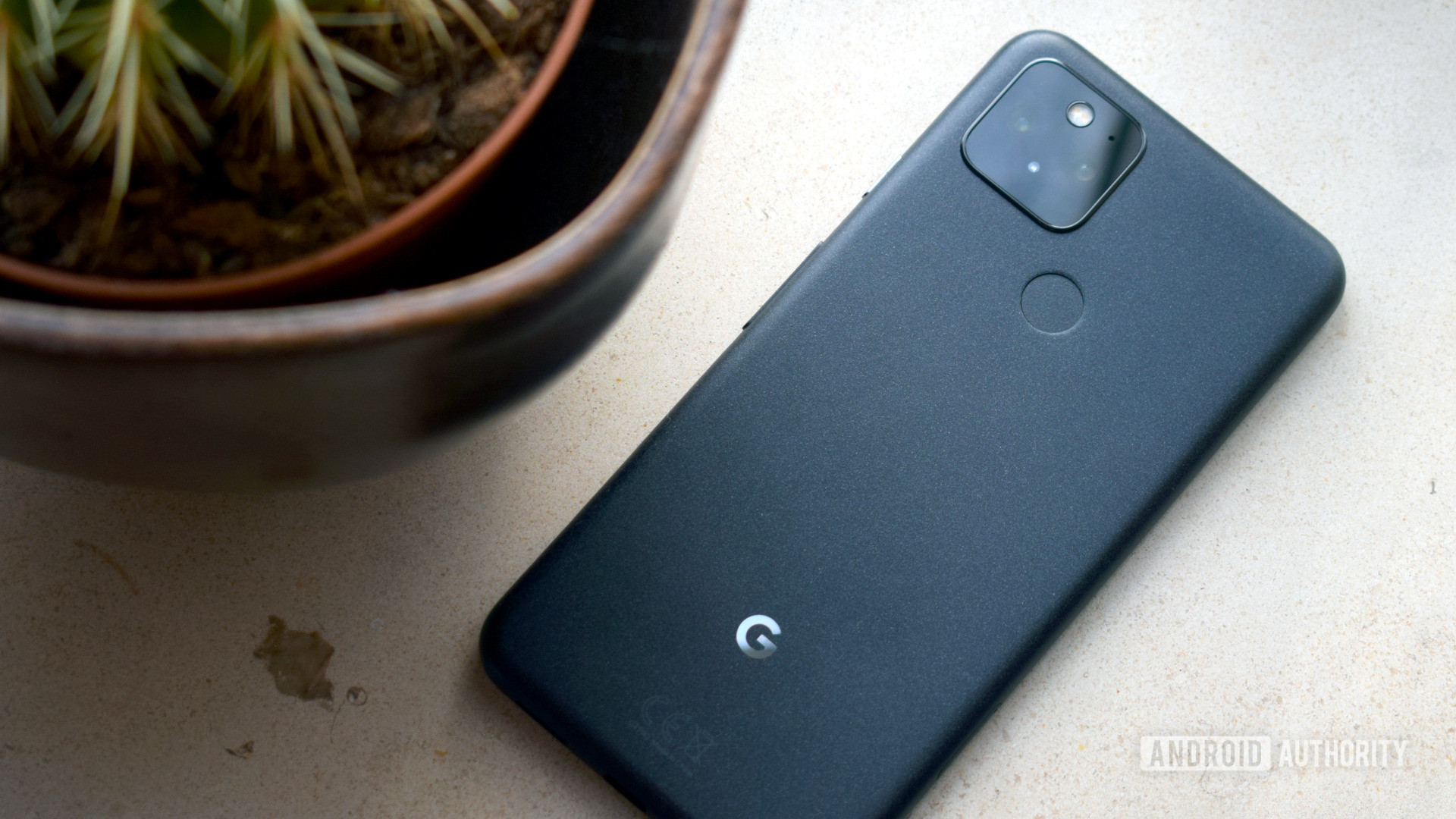
Rumor has it that the Google Pixel 6 will debut Google’s long-rumored custom smartphone silicon, codenamed “Whitechapel.” In other words, the Pixel 6 appears set to ditch Qualcomm’s Snapdragon brand for something built in-house with the help of Samsung’s System Large-scale Integration (SLSI) division. Those are the folks at Samsung that integrate CPU cores, memory, modems, and other integrated circuit components into a single silicon chip (SoC).
Pundits have been quick to peg the story as Google finally taking on Apple’s processing dominance. Meanwhile, Pixel fans are already dreaming up the perfect silicon features to fit their perfect phone. As with all potentially major industry shifts, it’s important to take stock of the big picture, evaluate what’s possible, and reign in those lofty initial expectations.
There are definitely some intriguing possibilities for a Google-led mobile application processor. However, I’m certainly not expecting anything too groundbreaking from the Whitechapel SoC, especially in its first generation.
Read more: Google Pixel 6: What we want to see
Google isn’t gearing up to beat Apple’s custom CPUs
Let’s start with the “bad” news: Google’s Whitechapel SoC will not be more powerful than the Qualcomm Snapdragon 888 or Apple’s A14 Bionic. At least in the CPU and GPU departments.
How can I make such a bold claim without testing the chip? Simple. Google will be picking most of its parts off the shelf and therefore the bulk of its core processing components will almost certainly arrive in the form of familiar Arm Cortex and Mali components.
We know this because Samsung ditched its Mongoose CPUs and Google doesn’t have a dedicated mobile CPU development team to build a competitive Arm-based core of its own. Although Google has a few chip-design staff onboard, these are spread around the company. Note that Qualcomm recently brought Nuvia to help it build custom-Arm CPUs. Google hasn’t made anything like this size of investment to help catch Apple.
There's no indication Google is going down the custom CPU and GPU silicon route.
Follow-up reports note that Google is opting for a tried and tested tri-cluster CPU setup. This could be a familiar Cortex-X1, A78, and A55 affair, but could equally comprise two A78 or A78 and A76 performance tiers if cost and area efficiency are more important to Google’s design objectives.
Similarly, Google has no in-house mobile graphics division. It’s highly unlikely that Samsung will share the fruits of its AMD RDNA graphics partnership before it debuts in its own Exynos chipset in 2022. Instead, an off-the-shelf Arm Mali-G78 or newer seems the most likely, but Mali has historically underperformed against Qualcomm’s Adreno. An Imagination Technologies GPU is also possible.
The bottom line is that it’s highly unlikely Google will offer anything game-changing in the key day-to-day performance departments.
5G modem is a big unknown
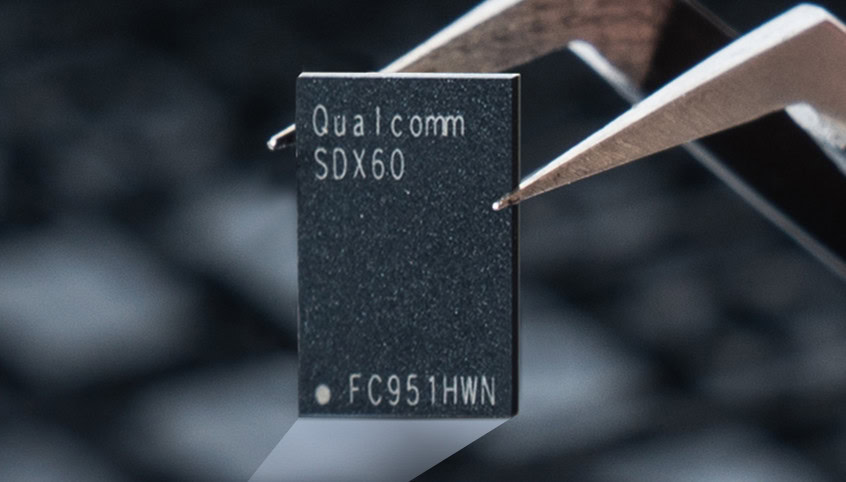
2021 flagship smartphones are finally shipping with integrated 5G modems onboard the main SoC, but this is not a given for the Pixel 6. Google doesn’t have 5G modem technology of its own. Apple purchases an external Snapdragon X55 5G modem to pair with its A14 Bionic inside the iPhone 12 series, for example. If Google wants to stick with Qualcomm’s 5G technology it certainly won’t be integrated, and that means higher costs and power consumption.
Remember, Qualcomm also holds CDMA patent exclusivity in the US. It’s a key reason why Samsung’s Galaxy smartphones feature Snapdragon chipsets in the US and Exynos elsewhere. Granted, this only impacts Verizon and legacy Sprint networks, and CDMA is finally being phased out. But it remains a legal headache that might keep Google tied to Qualcomm’s modem technology, even though it might not be essential to Google’s plans.
Who Google sources a 5G modem from could be a big deal.
Qualcomm also has a robust 5G patent portfolio, but Samsung’s 5G modems have appeared in the US for broadband and commercial solutions. In theory, Samsung could provide its integrated 5G modem technology to Google for Whitechapel. In this case, it could turn out to be a breakthrough for Samsung-made 5G SoCs on US soil.
Of course, it will also be very interesting to see what 4G and 5G bands Google’s chipset supports and whether mmWave technology is part of the picture.
Expect a focus on security
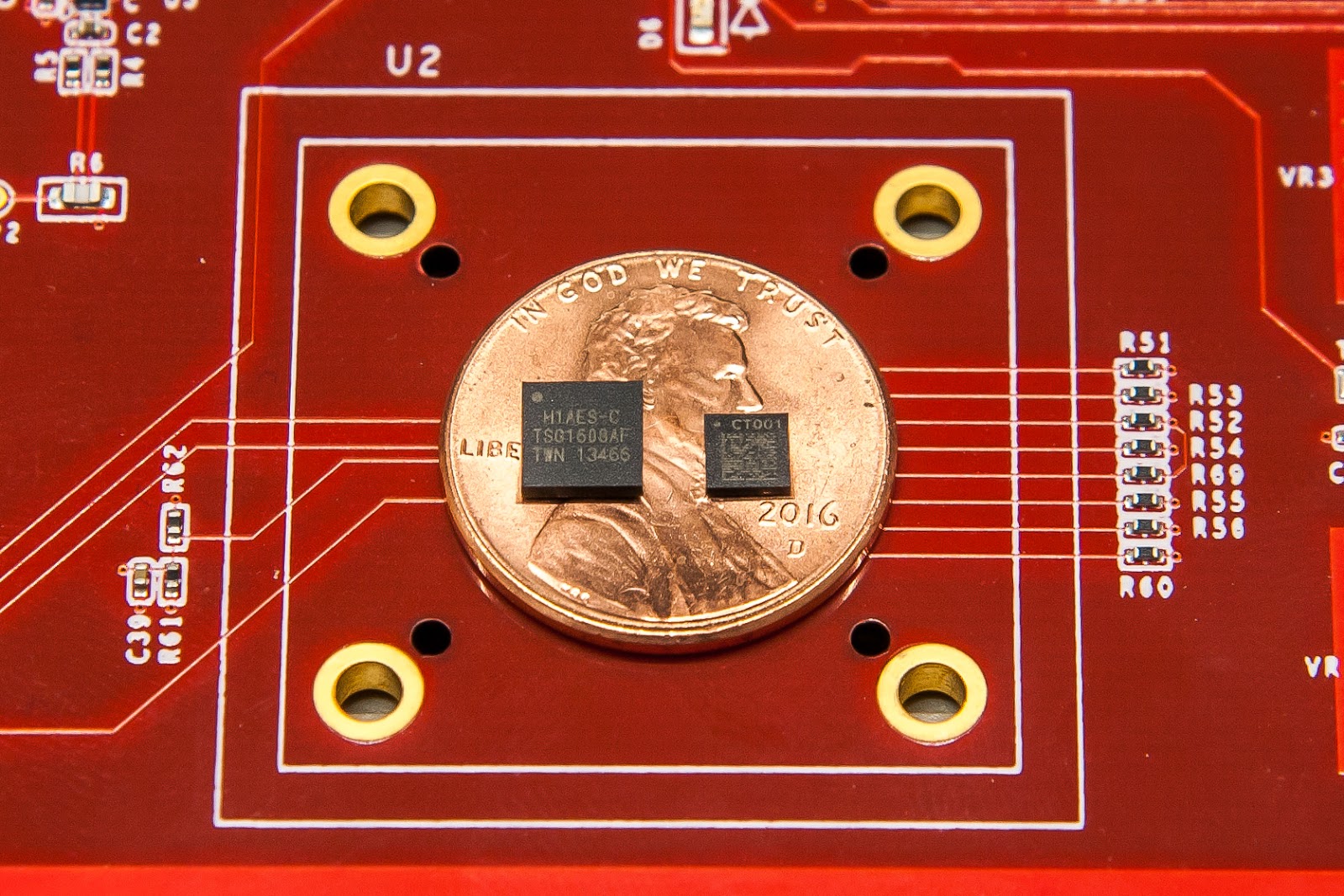
Remember Google’s Titan M security chip that debuted in the Pixel 3? Me neither until today. The idea was clearly aimed at Apple’s Secure Enclave and rumors suggest the idea may resurface as an integrated part of Google’s Whitechapel silicon.
To recap, the general idea is to offer a secure processing environment that is entirely separate from the main CPU. This protects sensitive information and processing from CPU-exploiting attacks. Titan M can also be used to house sensitive information like biometrics and verify the boot status of your device when you turn it on. It’s a solid idea in a digital world that should increasingly value the emphasis placed on security.
However, similar security enclaves are already available with Qualcomm’s SecureBoot and Secure Processing Unit which have been around for years. Although Google may be doing a few things differently, reinventing the wheel hardly seems worthwhile. The separate hardware approach may also become redundant next year, as CPUs improve their ability to isolate code across apps and processes.
Machine learning, cameras, and updates — the ones to watch
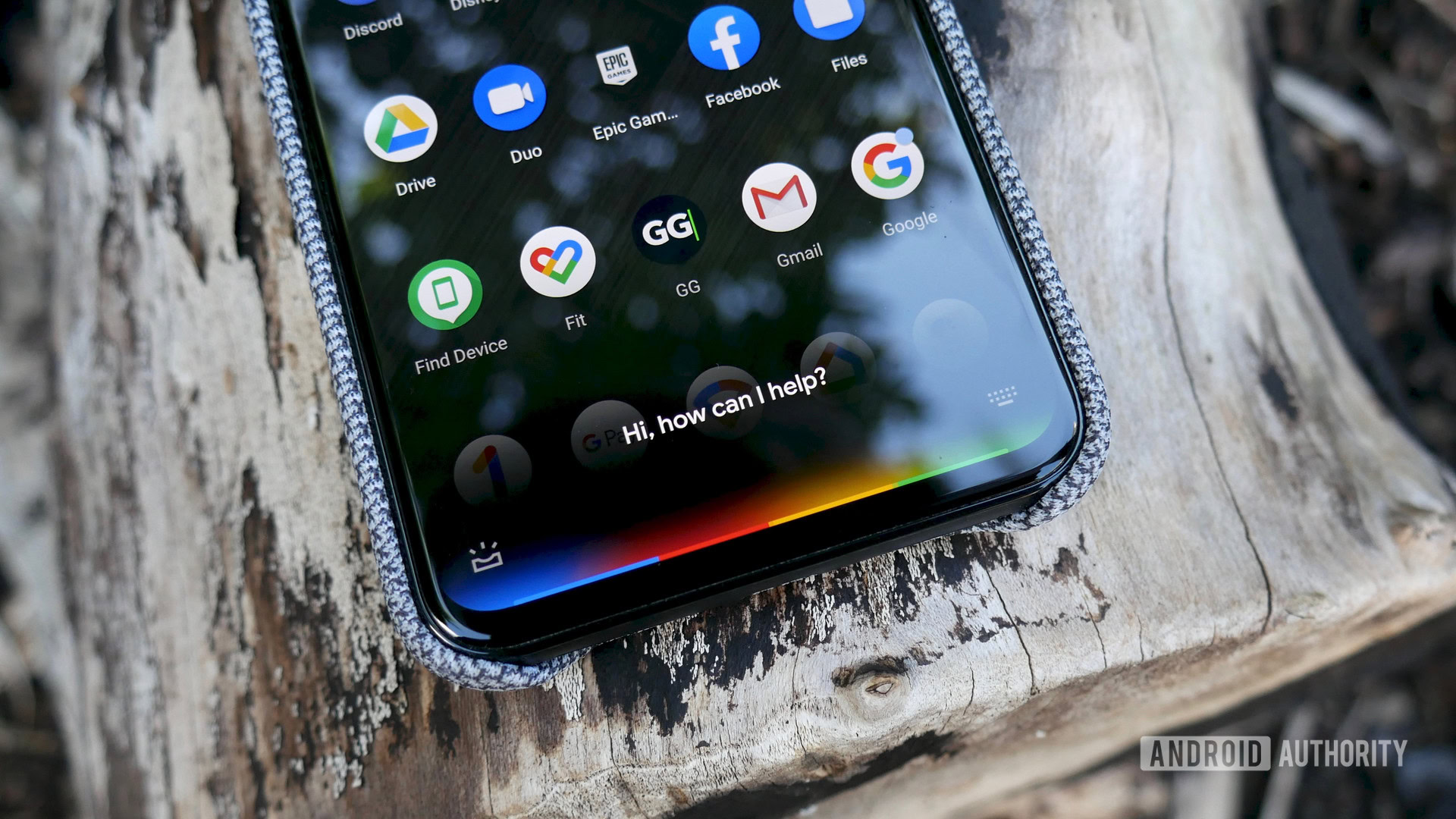
Enough pessimism, surely there’s at least one good reason for Google to pursue its own chipset ambitions? Well, actually there are at least a couple.
The first is Google’s machine learning expertise and ambitions, and by extension its image processing capabilities. The chipset will allegedly come with Google’s in-house Tensor Processing Unit (TPU). Recall that Google has an Edge TPU that Coral has already packaged into a tiny chipset. An integrated version of Google’s Cloud TPU prowess is the next logical step.
This TPU will almost certainly build on the Pixel Neural Core introduced with the Pixel 4 (which superseded the Pixel 3’s Visual Core), enhancing Google’s image and voice machine learning capabilities. So smarter Google Assistant features could be on the cards. Likewise, machine learning is a cornerstone of the Pixel series’ photography capabilities and there’s good reason to be excited about new photography hardware and software with Whitechapel.
Google Assistant guide: Make the most of your virtual assistant
Faster multi-frame processing for HDR+ and night shots, improved bokeh blur with real-time video, better object and semantic segmentation, and more could all be on the cards. Improved hardware may also allow the Pixel 6 to work its magic with much higher resolution or multiple image sensors at once. It could also extend its effects to 4K and even 8K video.
Google's custom SoC will primarily leverage its in-house TPU machine learning hardware.
That being said, Google has already ported its impressive computational photography techniques to Qualcomm’s mid-range silicon, albeit running a little slower than before. Whether or not Google’s TPU exceeds the machine learning and image processing capabilities already found in premium-tier mobile SoCs remains to be seen.
Finally, third-party SoCs are the weak link in the Android update chain. Once manufacturers stop supporting their chips, product designers at Google, Samsung, and others can’t supply further core updates to devices. With a custom SoC design, Google gains full control over this process and could match or even exceed Apple’s five-year update roadmap. Although this doesn’t seem like such a pressing issue in 2021, given that Google and Qualcomm have already teamed up to extend Android updates to four years.
Google Pixel 6 processor: What to expect
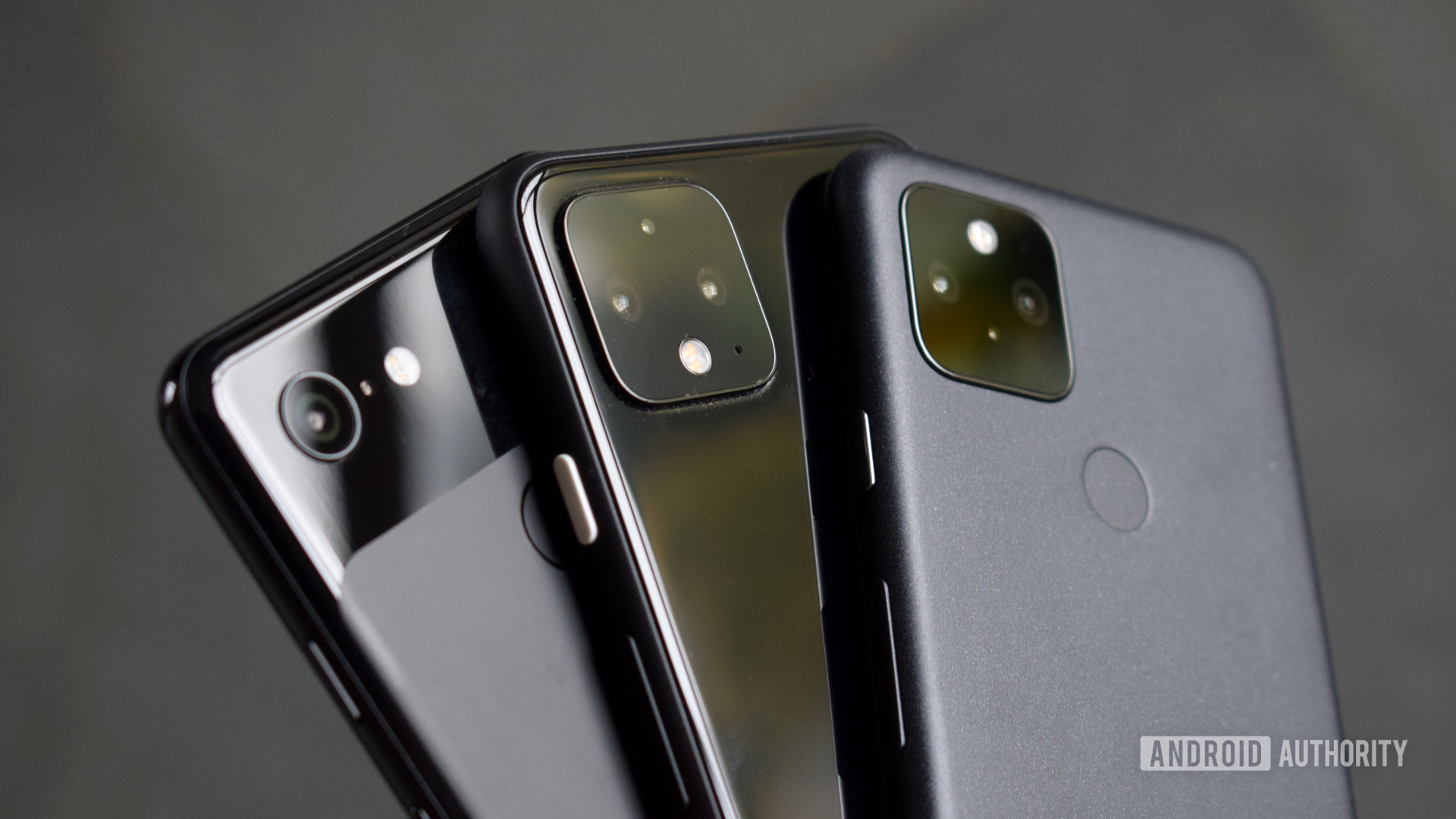
Of course, all of the official details on Google’s Whitechapel SoC remain unknown. I think the most important thing to note is that Google is building this chip in conjunction with Samsung, so we’re not looking at anything close to a fully in-house effort. This almost certainly means the majority of the chipset will be designed using readily available parts licensed from Arm and Samsung.
If you’re expecting Apple A14 Bionic-beating performance, prepare to be disappointed. Frankly, Google doesn’t have the resources or expertise to pull ahead with bleeding-edge performance and that strategy wouldn’t fit with its more affordable approach to smartphone pricing either.
If you're expecting Apple-beating performance, prepare to be disappointed. Whitechapel is Google's way to take what we loved about the Pixel 5 and make it even better.
Google hit the reset button on its strategy with the Pixel 5 and a 180-degree return to premium pricing seems unlikely. This is partly because the more affordable approach seems to be working, in addition to the aforementioned caveats on what Google can achieve with custom silicon. Whitechapel is Google’s way to take its vision for the souped-up mid-range smartphone to the next level.
The Big G previously augmented the capabilities of Qualcomm chipsets with ideas like the Neural Core, Titan, and Soli. The logical evolution is to embrace the benefits of custom integrated silicon, even if the chip is not designed to fight it out with the benchmark kings. “Good enough” day-to-day performance augmented with in-house hardware that complements Google’s industry-leading software could take what we loved about the Pixel 5 and make it even better.
Read more: Google Pixel 5 revisited — the good and bad six months later
At this stage, networking and 5G capabilities are perhaps the hardest specifications to make an informed guess at, yet could be a defining feature of the handset. Of particular importance for the Pixel 6 is how much the chipset costs to design and build, the availability of chips, and what this means for pricing. We’ll find all that out soon enough.
What are you expecting from Google’s first dabble in the mobile SoC space?